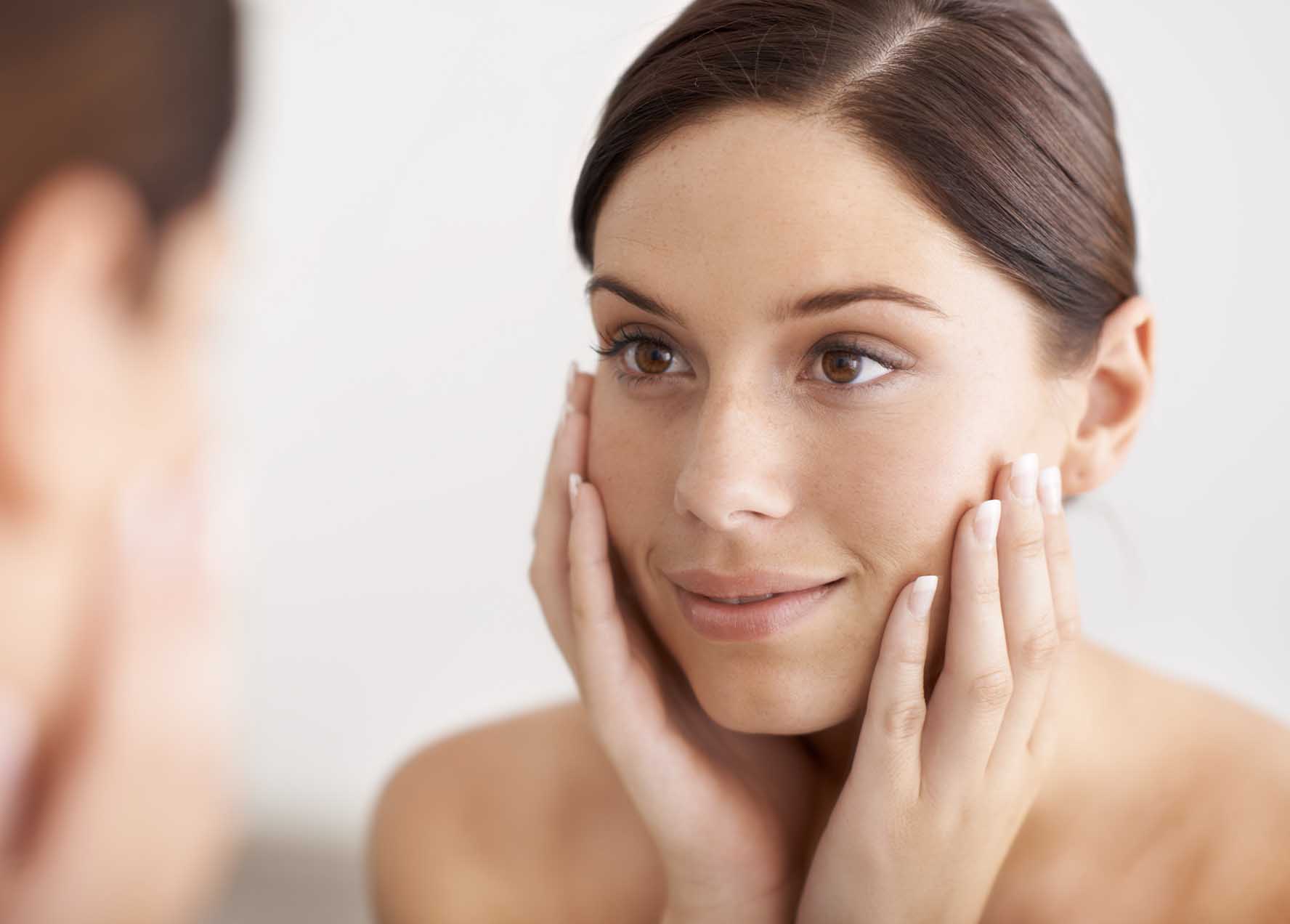Acne Scarring
Acne Scarring is a common complication developing from Acne. This is caused by excess collagen production while the body tried to heal the deep layers of the skin from Acne, resulting is excess collagen. The treatment type for acne scarring is dependent on the type of scarring which has developed, which can be assessed during consultation with one of our Skin Health Practitioners.
Treatment Options:
Dry Skin
Dry skin is there from birth, unlike dehydrated skin which is caused from a trigger. This is skin that doesn’t have enough moisture in it to keep it feeling soft. The medical term for dry skin is Xeroderma and the term Xerosis is given to severely dry skin. Dry skin feels like rough patches of your skin that can flake or look scaly.
Treatment Options:
Excessive Sweating
Excessive sweating, or Hyperhydrosis, is a condition whereby the person sweats excessively when the body does not need to cool down. It can affect the whole body, however common areas include the armpits, hands and feet. Botulinum Toxin can be injected into the skin, which helps prevent the signals from the nervous system reaching the sweat glands, this in turns stops them working too hard and producing sweat.
Treatment Options:
Hyperpigmentation
There are several types of hyperpigmentation, the common ones being melasma, sunspots, and post-inflammatory hyperpigmentation.
- Melasma is believed to be caused by hormonal changes and may develop during Areas of hyperpigmentation can appear on any area of the body, but they appear most commonly on the stomach and face.
- Also called liver spots or solar lentigines, sunspots are common. They’re related to excess sun exposure over time. Generally, they appear as spots on areas exposed to the sun, like the hands and face.
- Post-inflammatory hyperpigmentation. This is a result of injury or inflammation to the skin. A common cause of this type is acne.
Treatment Options:
Large Pores
“Large” pores are the ones you can see without a microscope. They can look like small dots on the skin of your face and can be caused by oil production in the pores, a loss of firmness in the skin due to ageing, genetics, sun damage or clogged pores.
Treatment Options:
Loose Skin
Despite the natural elasticity of skin, one of the biggest causes of sagging is rapid weight loss. When we gain weight, our skin has to stretch in order to accommodate any excess fat. If we suddenly lose all of that fat through intense exercise and dieting, it’s not uncommon for our skin to be loose afterwards. Depending on things like your age, skin health, genetics and how long you were overweight for, it can take time for skin to spring back. In some cases, it might always look a little saggy.
Treatment Options:
Rosacea
Rosacea is a chronic skin condition usually characterised by flushing of the skin, visible broken blood vessels and pink or red spots. There is no known cause, however triggers for the condition can include alcohol consumption, spicy food and changes in temperature. Here at Skin Doctor Clinics, we can help alleviate the symptoms of rosacea using IPL treatments which can reduce the redness, pimples and veins. Alongside this, our Skin Health Practitioners can offer a tailored skin care regime to help calm and smooth skin sensitivities associated with the condition.
Treatment Options:
Spider Veins
Spider veins (also known as telangiectasias) occur due to weakness or damage in the veins. These veins can be purple or red (differing to blue varicose veins) and may appear in the form of thin lines, webs or branches. People sometimes also refer to them as thread veins and they commonly appear on the legs. Typically, they are not painful or harmful, but some people may wish to treat them for cosmetic reasons.
Treatment Options:
Stretch Marks
Stretch marks are often caused by sudden growth or weight gain. These marks look like lines or streaks across the skin and can be pink, red, brown, black, silver or purple. They usually start off darker and fade over time. Stretch marks are most common on the tummy, breasts, chest, upper arms, legs, bottom, hips or back.
Treatment Options:
Sun Damage
We refer to the damage the sun does to skin by several names, including photoaging, photodamage, solar damage or sun damage. Photoaging is the premature aging of your skin due to ongoing exposure to ultraviolet A (UVA) and ultraviolet B (UVB) radiation. Photodamage can come from natural UV radiation exposure from the sun or artificial UV light sources (tanning beds or sun lamps). UV exposure not only ages your skin more quickly than it naturally would, but can also increase your risk for skin cancer.
Treatment Options:
- M22
- Lumecca
- Chemical Peels
- Cryotherapy
- Prescribed Topical Skincare
Wrinkles
Wrinkles, a natural part of aging, are most prominent on sun-exposed skin, such as the face, neck, hands and forearms. Although genetics mainly determine skin structure and texture, sun exposure is a major cause of wrinkles, especially for people with light skin. Pollutants and smoking also contribute to wrinkling.
Treatment Options:

Get in touch
Book Your Appointment
Get in touch to book a consultation with the doctor to assess suitability and discuss treatment options.


